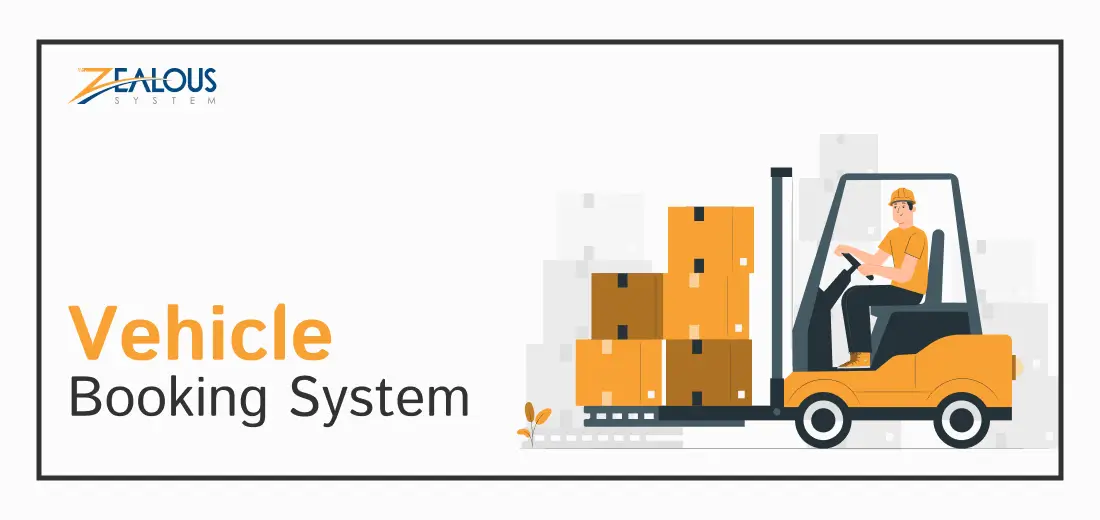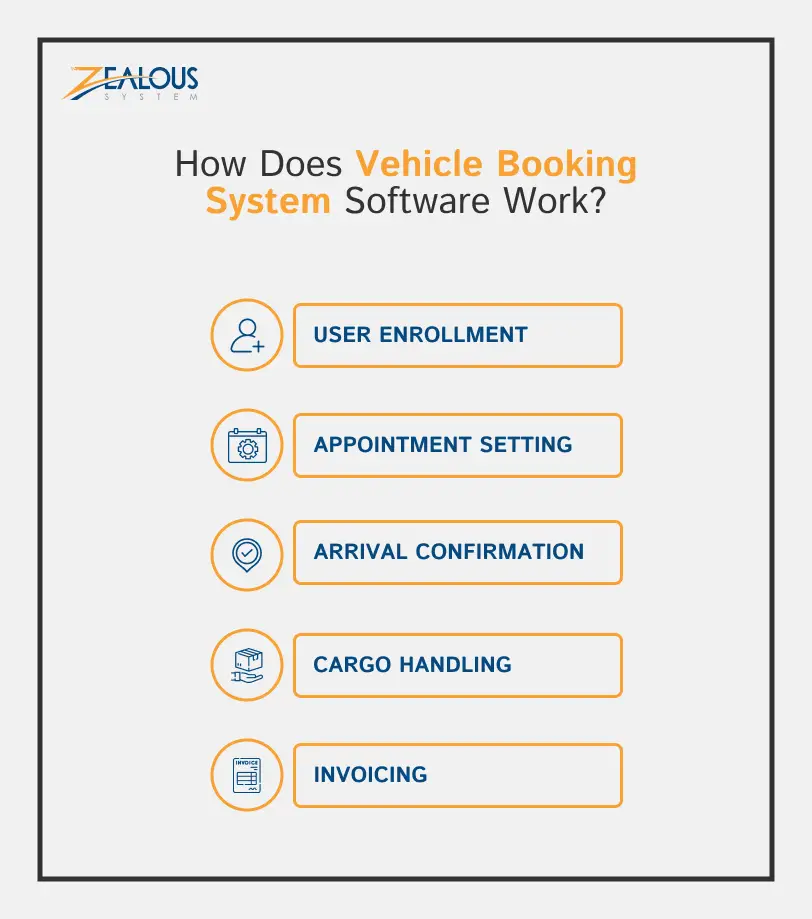
- Company
- Services
- UI/UX Design Services
- Microsoft Dynamics 365
- Mobile App Development
- AI Software Development
- Web App Development
- Generative AI Development
- Digital Product Development
- Enterprise Mobility
- SaaS Application Development
- Application Integration
- White-label WP Maintenance
- ERP Software Solutions
- Software Testing
- Offshore Development Center
- Let’s Connect
- Trending
- Technology
- Industry
- Build Your Team
- Our Work
- Company
- Services
- UI/UX Design Services
- Microsoft Dynamics 365
- Mobile App Development
- AI Software Development
- Web App Development
- Generative AI Development
- Digital Product Development
- Enterprise Mobility
- SaaS Application Development
- Application Integration
- White-label WP Maintenance
- ERP Software Solutions
- Software Testing
- Offshore Development Center
- Let’s Connect
- Trending
- Technology
- Industry
- Build Your Team
- Our Work
We use cookies and similar technologies that are necessary to operate the website. Additional cookies are used to perform analysis of website usage. please read our Privacy Policy
Vehicle Booking System: Streamlining Container Terminal Operations and Easing Congestion

In the busy world of moving goods around, making sure containers get where they need to go is super important. But sometimes, there’s a problem – too many containers in one place. Terminal operators, especially those within the trucking and logistics sectors, often find themselves struggling to maintain the smooth flow of containers. This is exactly where the significance of a vehicle booking system takes the lead.
In this blog, we will understand how Vehicle Booking System makes cargo operations easier, how it works, its features, important integrations, and how to build one.
But before that, let’s understand,
What is a Vehicle Booking System?
Vehicle booking system software (VBS) is an application that allows users to schedule the arrival and movement of vehicles in a terminal. It is used in a variety of industries, including shipping, logistics, and transportation.
The VBS also know as (Truck appointment system) or (Transportation booking software)
helps the people running the area decide when each truck should arrive and when it can go to certain spots for loading or unloading. This way, trucks don’t have to wait in long lines or waste time, and the people working there can manage everything more easily.
How does Vehicle Booking System (VBS) benefit?
A Vehicle Booking System software (VBS) offers several advantages to stakeholders involved in terminal operations and cargo logistics:
Efficient Resource Management
VBS helps optimize the use of loading bays, equipment, and other resources, reducing waiting times and enhancing operational efficiency.
Reduced Congestion
By allocating specific time slots, VBS reduces terminal congestion, leading to smoother operations and minimizing delays.
Real-time Visibility
Real-time tracking of trucks provides stakeholders with accurate arrival and departure information, improving coordination.
Streamlined Communication
VBS a.ka transport booking system offers a centralized platform for communication between terminal operators, carriers, truck drivers, and other stakeholders.
Accurate Invoicing
The vehicle booking system automates the invoicing process, ensuring accurate fee calculation, rate application, and streamlined payment options.
Reduced Paperwork
The vehicle booking system digitizes the entire process, reducing manual paperwork, increasing accuracy, and saving time.
How Does Vehicle Booking System Software Work?
VBS helps avoid chaos and congestion by letting trucking companies and drivers book specific time slots to drop off or pick up containers. Here’s how it works-
User Enrollment
User Registration: Terminal operators, carriers, shippers, and other stakeholders register on the VBS platform by creating accounts.
Resource Input: Terminal operators input details about available vehicles, truck drivers, loading bays, equipment, and other resources into the system.
Appointment Setting
Appointment Request: Carriers or shippers request appointments for their vehicles through the VBS. They specify the type of service (loading, unloading, etc.), preferred time slots, and any special requirements.
Review and Allocation: Terminal operators review the appointment requests and check resource availability. They allocate specific time slots based on availability, operational capacity, and any constraints.
Appointment Confirmation: The VBS sends automated confirmation notifications to carriers, drivers, and relevant stakeholders, including appointment details and instructions.
Arrival Confirmation
Real-Time Updates: As vehicles approach the terminal, the VBS tracks their movements in real-time. Operators and drivers receive real-time updates, ensuring accurate arrival and departure information.
Cargo Handling
Resource Management: The VBS monitors the use of loading bays, equipment, and resources.It prevents conflicts and ensures optimal resource allocation, minimizing downtime.
Communication: Drivers can use the VBS to communicate any changes, delays, or issues to terminal operators. Operators can also use the platform to communicate important updates to drivers.
Invoicing
Data Collection: The VBS collects data on vehicle movements, waiting times, service durations, and other operational metrics.
Data Analysis and Insights: The collected data is analyzed to generate insights into operational patterns and performance metrics. Operators can identify areas for improvement and make informed decisions based on the insights
After that, The carrier is charged for booked appointments. Typically, invoices are issued every month.
What are the most important features of VBS software?
The primary objective behind developing a Vehicle Booking System is to simplify the booking, tracking, and management of deliveries. To achieve this objective, specific features need to be incorporated into this web-based tool, such as:
Easy Booking
- User-friendly interface simplifies the booking process.
- Intuitive navigation enables a quick selection of time slots and services.
- Enhances user experience, making scheduling convenient for all parties.
Scheduling
- A core feature for allocating time slots to vehicle activities.
- Optimizes resource utilization and reduces congestion.
- Enhances coordination and leads to smoother operations.
Communications
- Facilitates real-time communication among stakeholders.
- Sends notifications for appointment confirmations, updates, and changes.
- Minimizes misunderstandings and improves information flow.
Gate Management
- Focuses on organized vehicle movement in and out of the terminal.
- Enhances security and prevents unauthorized access.
- Manages flow to minimize congestion and optimize resource usage.
Billing
- Accurately tracks and manages financial transactions.
- Streamlines invoicing by calculating charges based on services and time slots.
- Builds trust and transparency between terminal operators and clients.
FAQs
- Offers a dedicated section for common queries and concerns.
- Provides quick access to information on system functionalities and policies.
- Empowers users to navigate the VBS independently.
Vehicle Booking System useful Integrations
Adding VBS software to your existing IT system is important for making things run smoothly and sharing information seamlessly. Since you probably use various types of business tools, here are some ways to connect them together.
Telematics Integration
Integrate with telematics systems to gather real-time data from trucks, such as location, fuel consumption, engine health, and driver behavior. Such data in a truck booking app helps optimize routes, monitor vehicle health, and enhance overall fleet management.
Load Board Integration
Partner with load board platforms like DAT or Truckstop.com to allow trucking companies and independent drivers to seamlessly find available loads and book them directly through your system.
Electronic Logging Device (ELD) Integration
Integrate with ELD providers to automate Hours of Service (HOS) tracking and compliance reporting, which is essential for ensuring that drivers adhere to regulatory requirements.
Fleet Maintenance Integration
Connect with fleet maintenance software to monitor vehicle maintenance schedules, receive alerts for upcoming services and ensure that the trucks are in optimal working condition for bookings.
Weather and Traffic Data Integration
Integrate weather and traffic data services to provide drivers with real-time information about road conditions, weather forecasts, and traffic congestion. This helps drivers make informed decisions about routes and timing.
Steps to Develop Vehicle Booking System Software
Vehicle booking software development might sound complex, but with the right approach, it becomes an achievable goal. Here’s the development process to develop Vehicle booking software tailored to your needs.
Scope Definition
Identify your audiences, such as local transportation companies, shipping companies, and long-distance logistics providers. Choose whatever features you want, such as route optimization, load management, and driver tracking. Consider your budget, timetable, and target audience.
Technology Stack Selection
Select frameworks and tools that are in line with the needs of your sector. Choose between a web application that is accessible on several platforms and a native mobile app.
Database Design
Structure a database to handle truck-related data such as vehicle specifications, load details, and driver information. Put data integrity, security, and performance first.
Front-end Development
Collaborate with a skilled front-end developer to design a user interface tailored to the requirements of trucking professionals. Guarantee intuitive navigation, precise data presentation, and efficient load management tools that enhance user experience and streamline operations.
Back-end Implementation
Team up with a expert back-end developer to develop specialized server-side logic for seamless trucking operations. Integrate essential APIs for load boards, route optimization, and real-time tracking to ensure comprehensive functionality. Develop robust business logic to manage load distribution, scheduling, and vehicle operations, enabling a well-rounded and efficient system.
Payment Integration
Integrate payment gateway for load booking fees and driver payments. Simplify financial transactions for trucking businesses and drivers.
Thorough Testing
Optimization of test routes, load assignment, and tracking accuracy in real-time. Identify and address issues to ensure that trucking operations run smoothly.
System Launch
Deploy the technology for usage in the trucking business. Continuously monitor and provide assistance in dealing with new difficulties.
Feedback and Refinement
Collect information from businesses and drivers. Use feedback to improve system performance and meet industry standards.
Develop your Custom Vehicle Booking Software with Zealous
At Zealous, we understand the intricate needs of the trucking industry and offer tailored solutions that stand out. Our wealth of experience in developing custom software solutions ensures that your vehicle booking system is not just another off-the-shelf tool , but a powerful custom digital product finely tuned to meet your specific requirements. Whether you’re a local trucking company seeking seamless load management or a nationwide logistics provider aiming to enhance route optimization, our team is well-equipped to integrate the features you need.
Conclusion
In conclusion, the implementation of a robust Vehicle Booking System Software marks a pivotal shift in the realm of logistics and transportation. As we’ve explored throughout this blog, this innovative solution addresses the challenges of congestion, load management, and operational efficiency head-on, revolutionizing the way container terminal operations are conducted.
With the power to streamline processes, enhance user experiences, and optimize resource allocation, the Vehicle Booking System Software is a game-changer for both trucking professionals and terminal operators alike. Its intuitive user interface, backed by meticulous front-end and back-end development, ensures a seamless and efficient platform for managing truck movements, load distribution, and real-time tracking.
Develop Custom VBS now
Read Also:
We are here
Our team is always eager to know what you are looking for. Drop them a Hi!
Pranjal Mehta
Pranjal Mehta is the Managing Director of Zealous System, a leading software solutions provider. Having 10+ years of experience and clientele across the globe, he is always curious to stay ahead in the market by inculcating latest technologies and trends in Zealous.
Table of Contents
×


Comments